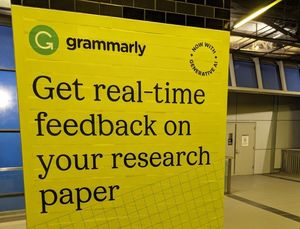A while ago, I suggested that it was interesting to think about four sources of metadata in our systems and services:
- Professional. Produced by staff in support of particular business aims. Think of cataloging, or data produced within the book industry, or A&I data.
- Crowdsourced. Produced by users of systems.Think of tags, reviews and ratings on consumer sites.
- Programmatically promoted. Think of automatic extraction of metadata from digital files, automatic classifcation, entity identification, and so on.
- Intentional. Data about choices and transactions which support analytics or business intelligence services. Think about ranking, relating, recommending in consumer sites (e.g people who like this also like this) based on collected transaction data.
We were discussing these types of data in a meeting at work the other day, and it occurred to me that what I call here crowdsourced, programmatically promoted and intentional data are all ways of managing abundance. Our model to date has been a ‘professional’ one, where metadata is manually created by trained staff. This model may not scale very well with large volumes of digital material. Nor does it necessarily anticipate the variety of ways in which resources might be related. The other sources will become increasingly important ….



